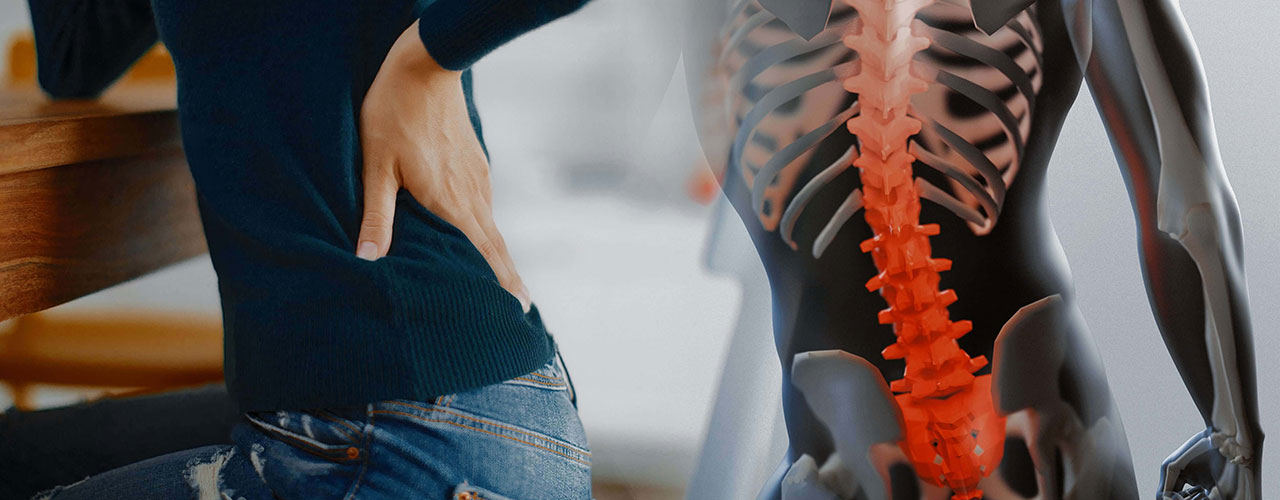 How do you know whether you have a herniated disc or it’s just good old back pain? One telltale sign can be where the pain is located. With a herniated disc, the pain is typically located in the lumbar spine. That’s the lower part of your backbone. The pain may radiate from the back to the thighs, buttocks or calves. A herniated disc can cause pain whether you're resting or active. Even a cough or sneeze can cause pain as it puts pressure on pinched nerves.
How do you know whether you have a herniated disc or it’s just good old back pain? One telltale sign can be where the pain is located. With a herniated disc, the pain is typically located in the lumbar spine. That’s the lower part of your backbone. The pain may radiate from the back to the thighs, buttocks or calves. A herniated disc can cause pain whether you're resting or active. Even a cough or sneeze can cause pain as it puts pressure on pinched nerves.
How to Tell if You Have a Herniated Disc
A good way to determine if you have a herniated disc is to visit your physician. Likely, your doctor will do a physical exam and may even take an x-ray. While an x-ray won’t show a herniated disc, it can help rule other causes of your pain like a fracture. If your doctor recommends having an MRI, this test can show detailed 3-D images of the spinal cord and pinpoint if there is a herniated disc. It also shows which nerves are affected.
The purpose of spinal discs is to act as a shock absorber when you engage in daily activities, like walking, sitting, lifting and running. Each disc has a soft inner ring and a tough outer ring. When the outer ring is injured, the inner ring may protrude out and cause pain. Common causes of a herniated disc include weak muscles, age, being overweight or leading a sedentary lifestyle. And if you turn suddenly, you can also incur a herniated disc.
Physical Therapy and Herniated Disc
A physical therapist will have you engage in specific exercises to ease the pain and strengthen the muscles associated with a herniated disc. Physical therapy programs also include ultrasound therapy, deep tissue massage, ice and heat treatment, stretching exercises, electrical muscle stimulation and aerobic exercises. Deep tissue massage uses pressure to relieve spasms and muscle tension due to a herniated disc. Heat therapy helps increase nutrients and oxygen to the affected area for healing. Cold therapy helps reduce inflammation and relieve pain.
Active treatments like exercise for a herniated disc focus on core stability, flexibility and muscle strengthening. Keep in mind that core muscles help support the spine. Learning proper stretching and flexibility techniques will help your body move easier. Muscle strengthening creates a solid support system for the spine and helps relieve pain.
A physical therapist will also teach your self-care principles and home exercises. This way, you can prevent further injury and enjoy the long-term effects of physical therapy. With physical therapy, you’re an active participant in your recovery.
“Herniated discs can be very painful injuries that impact your day-to-day life. The good news is that you don’t necessarily have to get surgery to repair your herniated disc. In fact, studies have shown that 90% of patients were able to recover by pursuing non-surgical courses of treatment like physical therapy.” That percentage is a testament to how effective physical therapy is in the treatment of a herniated disc.
Contact FYZICAL Forest Grove today!